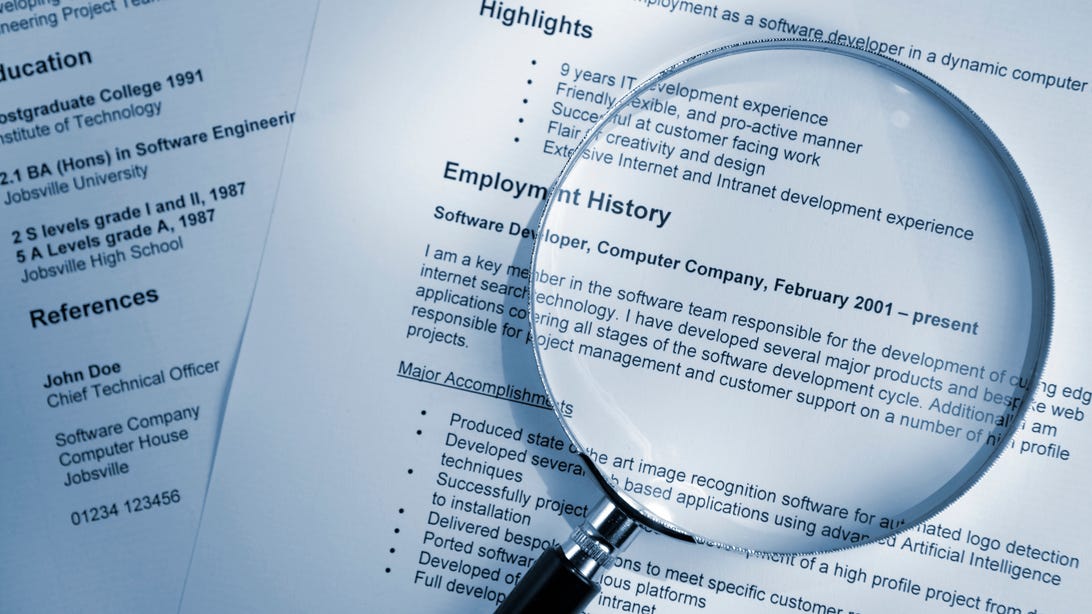WWW.BUSINESSINSIDER.COM
He left the US and moved to Malaysia to retire a decade ago. Now, he lives in a $620-a-month apartment in the capital.
Andrew Taylor, 70, left the US to retire in Malaysia a decade ago.He now lives in a 2-bedroom condo in Kuala Lumpur, the capital city, that costs about $620 a month."I probably would not be retired if I were still in the US," Taylor said.At 60, Andrew Taylor retired and left the US to move to Malaysia.Taylor, who used to do administrative work, started thinking about retirement when he was in his mid-fifties. However, the high cost of living in the US made it feel like a pipe dream."I realized that I was probably not going to be able to stay in the United States, or I was going to have to work until I was 80," Taylor, now 70, told Business Insider. Andrew Taylor moved to Malaysia from the US a decade ago. Andrew Taylor. He started considering retiring abroad, and it was through his then-partner who lived in Penang that he first learned about the Malaysia My Second Home, or MM2H, visa program. The MM2H program was introduced by the government in 2002 to attract foreigners to retire and live in Malaysia.The conditions for the visa have been tightened over the years.Based on the most recent rule changes announced in 2024, there are now three different categories: Platinum, Gold, and Silver. Depending on the category of visa they apply for, applicants are required to have minimum bank deposits of between $150,000 and $1 million and also buy property in Malaysia. The validity of the visa ranges from 5 years to 20 years.Having visited multiple times before, the idea of living in Malaysia appealed to him. He said he saw the visa program as something that could help him retire much earlier.In late 2014, he applied and was approved a few months later. In 2015, Andrew packed up his bags and moved from Washington, D.C. where he had lived for 40 years to start the next chapter of his life.Creating a dream apartment in the cityIt's been 10 years since Taylor arrived in Malaysia. He spent seven years in Penang, a state in northwest Malaysia, before moving to Kuala Lumpur, the capital city, three years ago. He spent seven years in Penang before he moved to Kuala Lumpur, the capital city, three years ago. Andrew Taylor. He's been in his current rental a two-bedroom condo for about five months.Taylor said that his previous unit was on two floors, and he had to climb 20 steps to reach the bedroom. "I'm 70 and the stairs are irritating to me now, so I want it to be all on one floor," he said.Taylor says he took just one weekend to find his apartment, which was about two miles outside the city center. The view of the city immediately caught his attention."I'm on the 22nd floor, and I can see the Twin Towers. I can see all the major towers in KL, and it's just a beautiful view. I think if I'm going to be in KL, that's what I wanted," Taylor said. The view from the windows of his apartment immediately caught his attention. Andrew Taylor. His rent costs 2,800 Malaysian ringgit, or $620, each month. It's a two-year lease with an option for a third year. Unlike his previous apartments, he opted for an unfurnished unit this time."I really never liked the furniture in the apartments that I was renting," he said, adding that he has always been interested in interior design. Most of his furniture is sourced locally."It's sort of eclectic," he said, describing his apartment. "I have oriental carpets and things like that, but with modern furniture."His apartment block is part of a five-building condo development, which offers amenities like a pool and a gym. Rent costs 2,800 Malaysian ringgit, or about $620, each month. Andrew Taylor. This is Taylor's fifth apartment in Malaysia, and he says he plans to continue renting and riding around the city on his Vespa for the foreseeable future.Lessons learned along the way have contributed to his decision. The first place he moved into after arriving in Malaysia was on the 35th floor of a building in Penang."The landlord said, 'Oh, they'll never build in front of it.' Well, yes, they built right in front of it immediately," he said. "If you buy a place, it's just harder to move on." The apartment has two bedrooms. Andrew Taylor. Americans are retiring abroadTaylor isn't alone in his decision to retire abroad.Analyses in the past year have estimated that a single person would need to earn $96,000 a year to live comfortably in many major US cities. It comes as no surprise that more and more Americans are being priced out of the US.There's also a retirement crisis sweeping across the nation, with more people over 65 still punching the clock because they can't afford to retire.An AARP survey of 8,368 people conducted in January 2024 found that 1 in 5 Americans 50 and over reported having no retirement savings. Over half of them also said they do not think they'll have enough money to keep them afloat in retirement.It's a sentiment that Taylor shares. "I probably would not be retired if I were still in the US," he said. The pool at Taylor's condo in Kuala Lumpur. Andrew Taylor. In contrast, the MM2H visa has made Malaysia an attractive destination for expats.As of January 2024, there were 56,066 active MM2H pass holders in the country, Malaysia's Minister of Tourism, Arts and Culture Tiong King Sin said during a parliament session, per local paper The Star. Chinese nationals form about 44% of pass holders, followed by those from South Korea and Japan. There were 1,340 pass holders from the US. The ministry did not respond to a request for comment sent by BI.'Pretty similar' lifestyles in both countriesWhile Taylor's lifestyle in Malaysia is "pretty similar" to the one he had back in the States, the lower cost of living here means that his money can go further each month."I would say I used to try to keep my budget to $2,000. Now it's a little bit more than that. I would say $2,500 is what I live on now," Taylor said, adding that he doesn't think he could live on the same amount back in the US.He has a basic health insurance policy that costs 340 Malaysian ringgit each month."There are other much better policies, but I went with the cheap option," Taylor said. He says it only covers hospitalization and related costs.He's also satisfied with Malaysia's healthcare facilities."And you don't have to wait long for an appointment or wait long at your appointment," he added.Cost of living aside, Taylor says he also feels safer in Malaysia."I've never felt safer anywhere. Where I lived in my last place outside D.C., sometimes I would hear gunshots from outside my window, and that just is so foreign here. There's nothing like that," he said. "I've never ever felt any uncomfortable feeling when I'm out, even alone walking around."These days, Taylor spends his time filming YouTube videos about what it's like to live in Malaysia.However, he says that such a drastic move might not be for everyone especially for those who have children, grandchildren, or even aged parents. It only worked for him because he had loose family connections.Looking back, Taylor says he's learned not to be afraid of living outside his comfort zone."My family thought I would last about six months, and then I would come back. 10 years later, and I'm still here, and I have no intention of ever going back to the US," he said.Have you recently relocated to a new country and found your dream home? If you have a story to share, contact this reporter at agoh@businessinsider.com.







